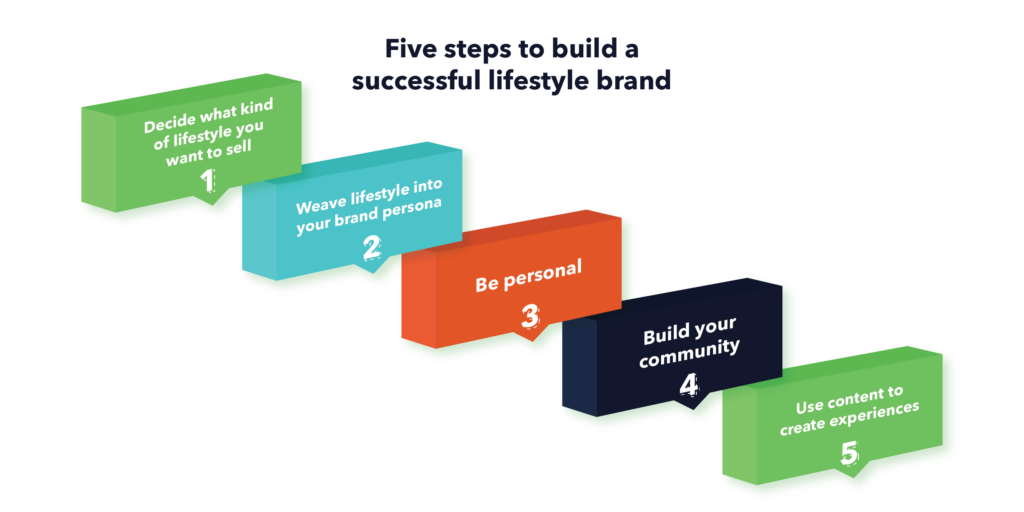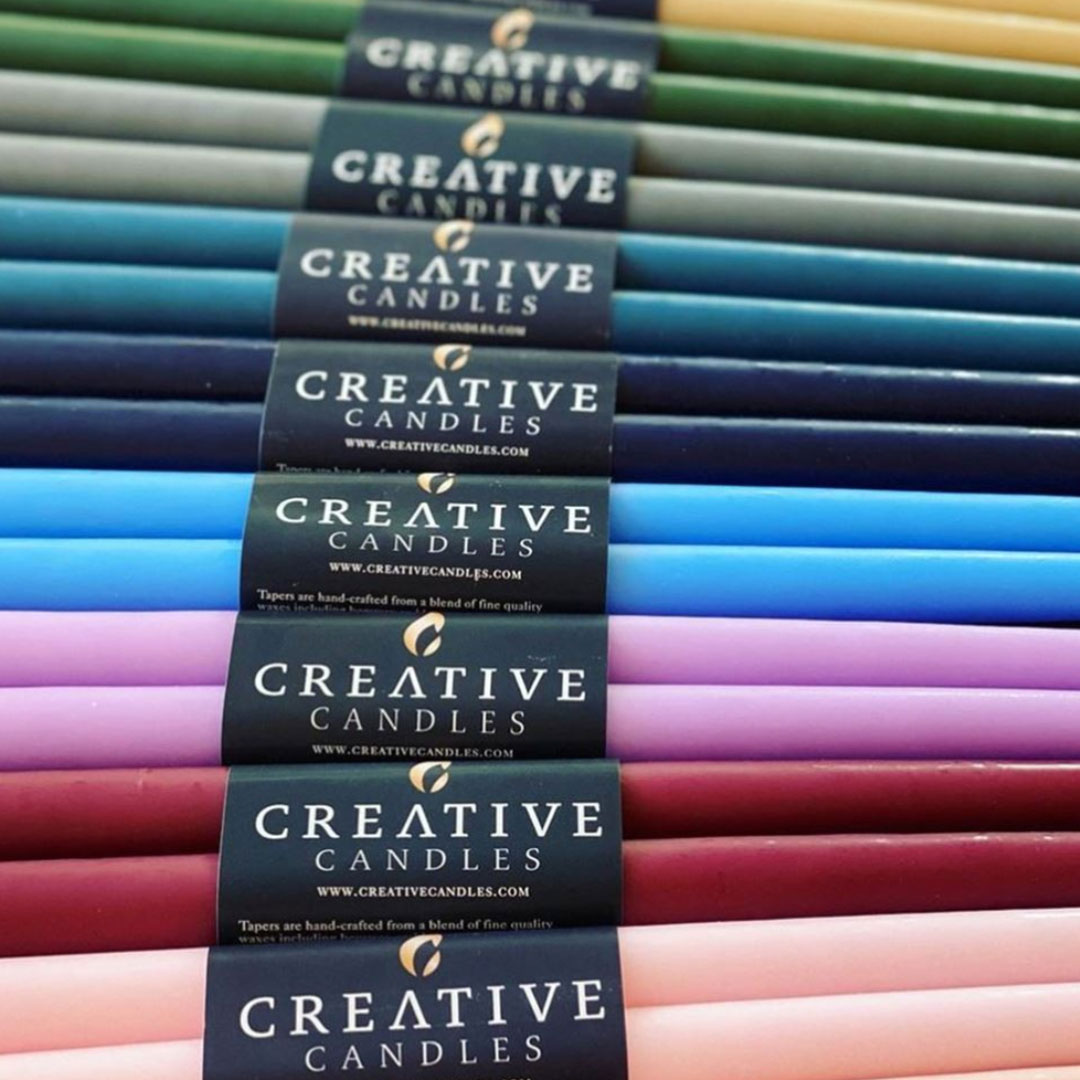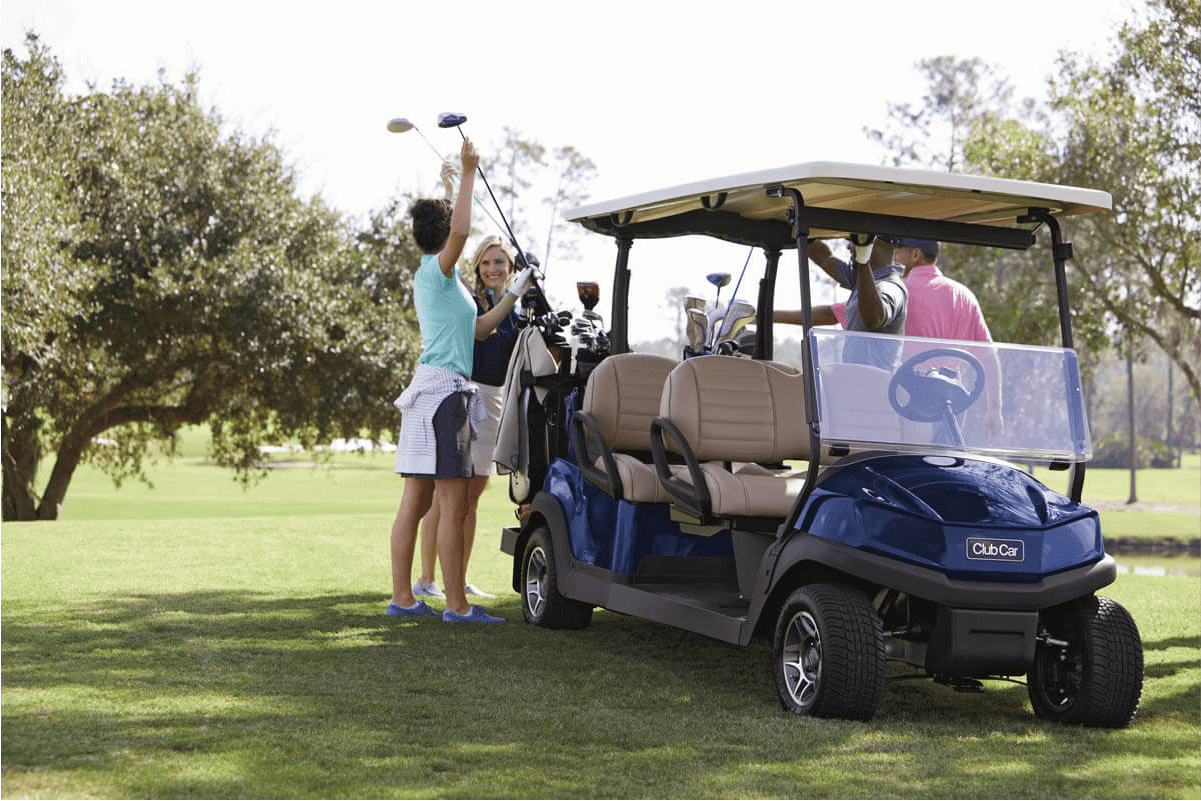Understanding and creating lifestyle brands
Marketing lifestyle brands
Lifestyle brands, regardless of industry or product, embody the values, beliefs, aspirations, and attitudes of their particular target audience. They create a ‘subculture’ around their brand, and engrain it, along with their product, service, and story into their consumer’s way of life.
These types of brands are on the rise as consumers demand more than being sold to – they want a lifestyle rather than a one-off product purchase. It’s no longer just about owning a Rolex, it’s about living the lifestyle of someone who owns a Rolex.
Here, we look a little more in-depth about what a lifestyle brand is, what it means to consumers, how to build one, and marketing your lifestyle brand.
Navigate this page
What is a lifestyle brand?
Lifestyle brands create the vision and feelings of the specific lifestyle their consumers aspire to.
Simply put, a lifestyle brand creates products, services and – importantly – stories that are based on the lifestyle its consumers aspire and desire to live.
They are brands that tap into and influence our emotions, aspirations and ideologies. They create a connection that embeds their brand into their consumers’ personal identity and creates a sense of belonging to a community or a mindset they admire. They don’t sell high heels, they convince consumers that they can be high-flying business women – and that their brand can support them.
They are the brands you follow on Instagram even if you don’t own anything they sell (yet). You follow them because you feel like they represent something about you and the people you want to associate with.
This is key. A lifestyle brand has an incredibly deep understanding of their target consumers way of life; not just their demographics, but their psychographics. They understand the types of experiences they crave, as well as the people, places and things that motivate and inspire them – and tailor their brand accordingly. Without this knowledge, they could not evoke an emotional connection, create desire, or inspire their audience.
The ultimate goal of a lifestyle brand is that their products contribute to the definition of their consumers’ way of life.
Characteristics of lifestyle brands
Lifestyle brands have common characteristics – does your brand tick these boxes?
- They connect with a niche audience – and know what makes that audience tick.
- They have a devoted, highly engaged following.
- They answer an emotional desire.
- They are respected and trusted by their target audience, and inspire loyalty.
- Most of their content is about more than their products.
What’s the difference between a ‘regular’ brand and a lifestyle brand?
The second half of the definition above from the American Marketing Association is what really sets lifestyle brands apart from regular brands. They go further into the ideologies and psyches of their target audience in order to help them connect with a more ideal version of themselves.
Regular brands sometimes do this temporarily in short-term campaigns, normally in order to achieve a certain sales goal. For example, this could be a campaign aimed at parents during the back-to-school period, or a pre-Christmas sales offer. This may work for a short period of time, but the next campaign may have a slightly different focus. Lifestyle brands, however, are building a long-term connection with the core of their consumers’ identity.
While emotional storytelling is increasingly commonplace, regular brands still often feature their product or service front and center. A lifestyle brand, in contrast, showcases its consumers’ experiences and lifestyle over its product in order to create a stronger association with, and an emotional desire to have, that lifestyle. Outdoor Voices is a great example of a brand doing this.
Storytelling itself also sets lifestyle brands apart. We are hardwired for stories on a personal level, and this can be used in business too. Stories, when they’re authentic and resonate with your audience, help consumers connect with you. Lifestyle brands create stories that are so compelling that consumers simply want to have their products in their lives.
The psychology of lifestyle brands
Lifestyle brands help us satisfy our emotional desire to experience a lifestyle that appeals to us, and to be the best version of ourselves. This takes a deep understanding of who we are, and who we aspire to be. It’s much more than demographics, or guessing at what we might be interested in. Lifestyle brands understand and then amplify what connects their brand with our lives.
As consumers of lifestyle brands, we are drawn to qualities and attributes that sound ideal but perhaps feel a little out of reach. These may be aspirations to live a lifestyle of adventure and glamour, of health and wellbeing, or of wealth and success.
Associating with a lifestyle brand allows our imagination to put us in that lifestyle, and associate ourselves with the people who embody that way of life. We don’t necessarily buy a lifestyle brand’s product because it’s the best, but because it makes us feel good to associate with a desired lifestyle and people we want to be like.
That said, having a high quality product and service is an important part of being a lifestyle brand. From purchase process, to product, to support – having top notch interactions and experience can’t be overlooked for a company striving for lifestyle brand status. Consumers are willing to pay a premium for that emotional connection with the brand.
Buyer Persona Guide
Examples of lifestyle brands
A lifestyle brand can be based on a product, the service, communications, content, an existing ideology – or a combination of these things. That’s where the most successful lifestyle brands take their starting point.
The drybar concept
The Drybar concept is pretty simple: being the best at blowouts. Having a weekly blowout is once again a lifestyle choice – not unlike having a weekly ‘set’ a few decades ago. Blowout salons are springing up everywhere, but Drybar is the one that really resonates with their audience.
Why? Well, their service is exemplary for a start, and they also use content to amplify their client-centric style. Additionally, strong brand messaging and personal, authentic social media content engages their audience, and their product range is a big hit.
It’s a lifestyle
Harley Davidson’s Chief Marketing Officer has said that Harley is a lifestyle rather than an automotive brand, and is about “living life in the way you choose.” Far from only appealing to stereotypical Harley Davidson customers (there was even a campaign around #stereotypicalharleyad which tackled their own stereotypes), Harley is the number one seller of motorcycles to women, African-Americans, Hispanics, young adults and baby boomers.
But what they actually bought into was an emotion – the American dream of the open road and rebellion (albeit safe rebellion).
Fit and fun
Michelob Ultra has tapped into an audience who have an active lifestyle and love to socialize. Starting with a 2016 Superbowl ad, they encouraged consumers to challenge themselves by going the extra mile fitness-wise, then share a great-tasting beer. The mention of low carb and low calorie is minimal on purpose.
The following year, they used real fitness communities in their Superbowl ad, rather than actors. Both ads were supported with content marketing. Sales are up where competitors are down in the face of the explosion of craft beer.
How to build a lifestyle brand
As we’ve seen, a lifestyle brand needs to intimately understand its audience. Once you know that, you can find ways to connect with and engage them, ensuring that your content, social media, image, voice, and marketing strategies will maximize these connections. The lifestyle you’re selling needs to be fixed into your brand identity.
- Define the lifestyle you want to sell – what do your customers want? Not on a surface level, but what do they truly want out of life? What do they like? What does success look like for them? Who do they admire? What is their ideal lifestyle (even if they think they’ll never attain it)?
- Write a captivating brand story – you can’t just tell your customers that you can help them attain their ideal lifestyle. You have to paint a picture, and convince them that your brand represents their ideal.
- Be present and engage on the right social media channels – as a lifestyle brand, it’s likely that social media is where your audience spends a lot of its time. This topic is so important that we’ve written a blog post dedicated to Social Media Marketing for Lifestyle Brands.
- Create outstanding, authentic content – if you don’t have great content, you won’t have a great lifestyle brand. Rather than using the content to sell your products, create something that resonates with your audience.
- Build a devoted following – a community of customers who share your values and ideals will encourage like-minded people to buy into the lifestyle and brand you’re selling. Influencer marketing can be highly effective in creating a loyal following. We have a blog post that talks all about Influencer Marketing for Lifestyle Brands.
- Encourage user generated content – a devoted following will want to talk about your brand. Create campaigns that foster user generated content.
- Align yourself with similar brands – referencing or partnering with non-competing brands who are already in your the ‘lifestyle space’ will strengthen your audience’s association of your brand with that lifestyle.
Ultimately, if you truly know what your customer wants and then you can show it to them, you will naturally create the desire for your product. The key to success is remembering to show your customers who they want to become, not who they already are.

The power of content marketing for lifestyle brands
Content marketing is the central way for marketing lifestyle brands, as it is a great way to reach and build your audience. Content can mean many different things – blogs, infographics, white papers, case studies, videos, podcasts, guest posts, newsletters, etc. – but for lifestyle brands, they all have one thing in common.
It has to be original content that doesn’t just sell product.
A lifestyle brand has to create interesting, unique content that engages their audience and aligns with their needs, desires and ideals. The focus is all on releasing great content that your consumers want to read, watch or listen to. Your product or service shouldn’t always be front and center (or maybe even mentioned at all).
To many marketers this isn’t intuitive, but your audience will appreciate this balance of product content and lifestyle content – and that’s what will make them buy into the lifestyle you’re selling, and ultimately buy your products.
Be bold. Be authentic. Be real. There is great power in great storytelling.




